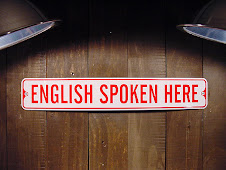
Your teachers are grateful because you make us enjoy the classes.
We have liked a lot your turkeys and your thanksgiving cards



 Hi boys and girls,
Hi boys and girls,

 The Sieve of Eratosthenes is an ancient method for finding all primes numbers up to a specified number.
The Sieve of Eratosthenes is an ancient method for finding all primes numbers up to a specified number.

Hi all,
these days we have been working in class with surface area and volume of some geometric shapes. I leave you here some links to go over the most important ones:
Platonic solids (tetrahedron, cube, octahedron, dodecahedron, icosahedron)
Remember that you have to present by the end of this week your work including:
1. Description of your shape
2. Net
3. Surface area and volume
4. Examples in real life
5. Problem
(Deadline: friday, 11th of november)
If you want to practice or get some ideas or pictures, you can find more exercises here:
Surface area of a cube, rectangular prism, pyramids and cones, cylinder, cylinder and prism,
Volume of a cube, rectangular prism, prism and cylinder, triangular prism, cone, pyramid and cone, cylinder, pyramid, sphere
Volume and surface area of sphere
Take care,
ALICIA




